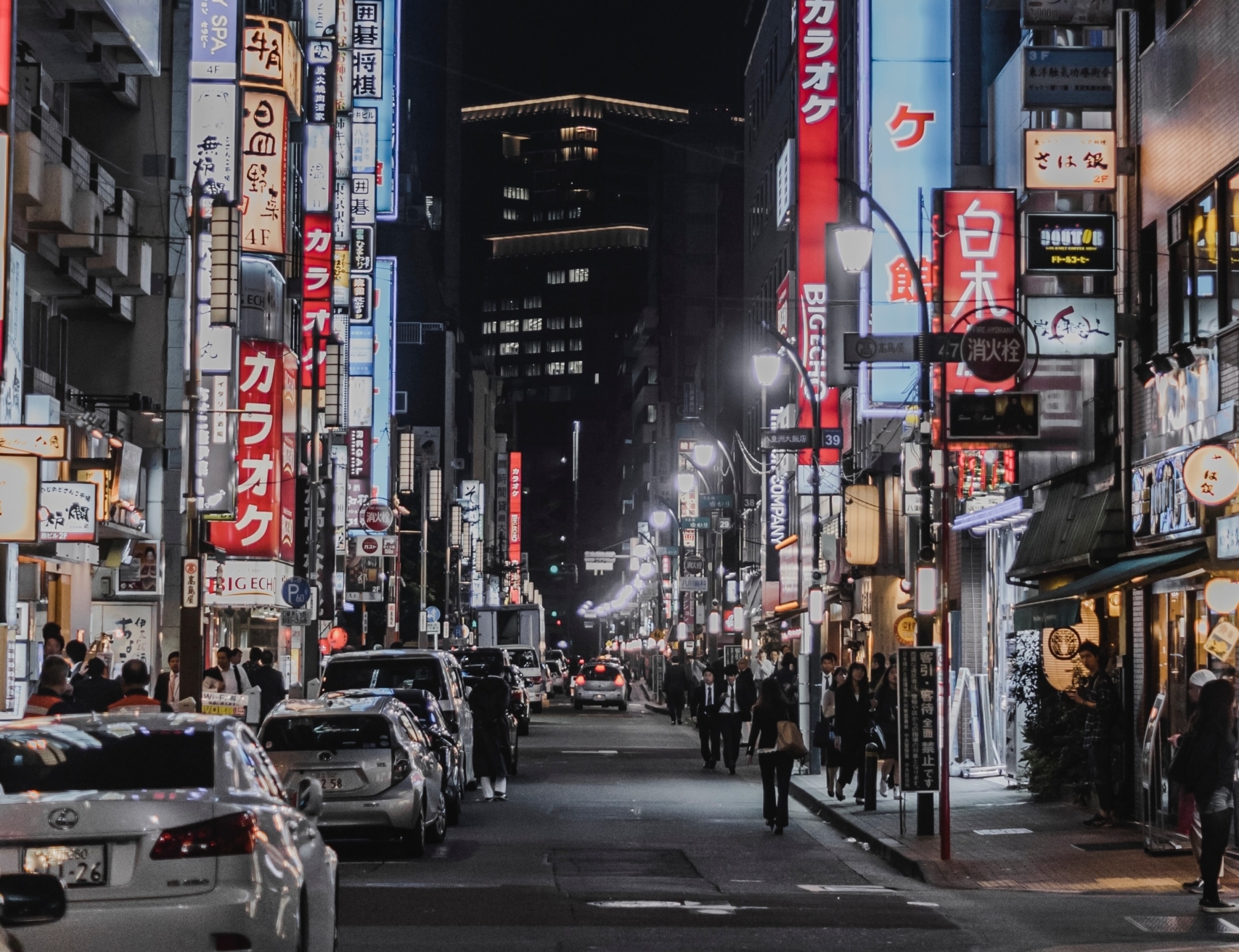Singapore Green Jet Fuel Levy on Travellers Ignites Funding Debate
Tokyo inflation indicates broadening price pressure, tests dovish Bank of Japan stance

Core inflation in Japan’s capital rose in June and stayed above the central bank’s 2% target for the 13th month, indicating that price increases were spreading to broader areas of the economy and keeping policy makers under pressure to ease ultra-easy policy.
The data for Tokyo, which is regarded as a leading indicator of national trends, will almost certainly feed into forecasts that the Bank of Japan (BOJ) will phase off its huge stimulus this year.
Analysts believe there is ambiguity about how long households can withstand price increases and produce inflation driven more by demand, which holds the key to whether the BOJ’s 2% objective can be achieved in a sustained manner.
“Inflationary pressure remains fairly strong as there are few signs companies are done hiking prices,” said Yoshiki Shinke, head economist at Dai-ichi Life Research Institute.
“The question is whether wages will rise sufficiently to support consumption and create the positive wage-inflation cycle that the BOJ hopes to achieve.” The bar appears to be fairly high.”
The Tokyo core consumer price index (CPI), which excludes volatile fresh food but includes fuel expenses, up 3.2% year on year in June, following a 3.1% increase in May. It fell just short of the 3.3% rise predicted by the market.
According to the data, an index that excludes both fresh food and gasoline expenses grew 3.8% year on year in June, following a 3.9% increase in May.
PRICES FOR SUSHI AND TOILET ROLLS INCREASE
Aside from an increase in power rates that began in June, Tokyo customers paid 9.6% more for a box of sushi and 17% more for hamburgers, according to June data.
In June, a roll of toilet paper was 15.5% more expensive, while a tax ride was 14.4% more expensive than the previous year.
While firms delivered wage increases unprecedented in three decades this year, inflation-adjusted real income has continued to shrink, indicating the agony consumers are facing as a result of the wave of price increases.
According to a research released on Friday by Teikoku Databank, a survey of 195 food goods companies revealed that they expect to hike prices for a total of 3,385 items in October.
Uncertainty about the global outlook also makes Japanese officials wary of abruptly eliminating ultra-low interest rates.
Japan’s factory output fell more than predicted in May, according to statistics released on Friday, highlighting risks to the export-dependent economy as aggressive interest rate hikes in the United States and slowing Chinese development cloud the outlook for global demand.
Markets are looking for hints on how fast the BOJ will phase out stimulus in its new quarterly growth and inflation predictions, which are due at its next rate review on July 27-28.
Many analysts expect the BOJ to raise its core consumer inflation forecast for the current fiscal year, which ends in March 2024, from 1.8% in April. According to Dai-ichi Life’s Shinke, inflation will range between 2.5% and 3% this fiscal year.
BOJ Governor Kazuo Ueda has stated regularly that the BOJ will retain ultra-loose policy until greater wage growth keeps inflation permanently around its 2% objective.
In an interview with Reuters on Wednesday, BOJ Deputy Governor Ryozo Himino stated that strong domestic demand and changes in business pricing behavior were emerging as new factors driving up inflation. He did, however, emphasize the importance of maintaining ultra-low interest rates for the time being.
“The BOJ may revise its inflation forecast but will most likely maintain policy in July,” said Takeshi Minami, chief economist at Norinchukin Research Institute.
“I don’t think policymakers have changed their minds about the difficulty of maintaining 2% inflation.”

